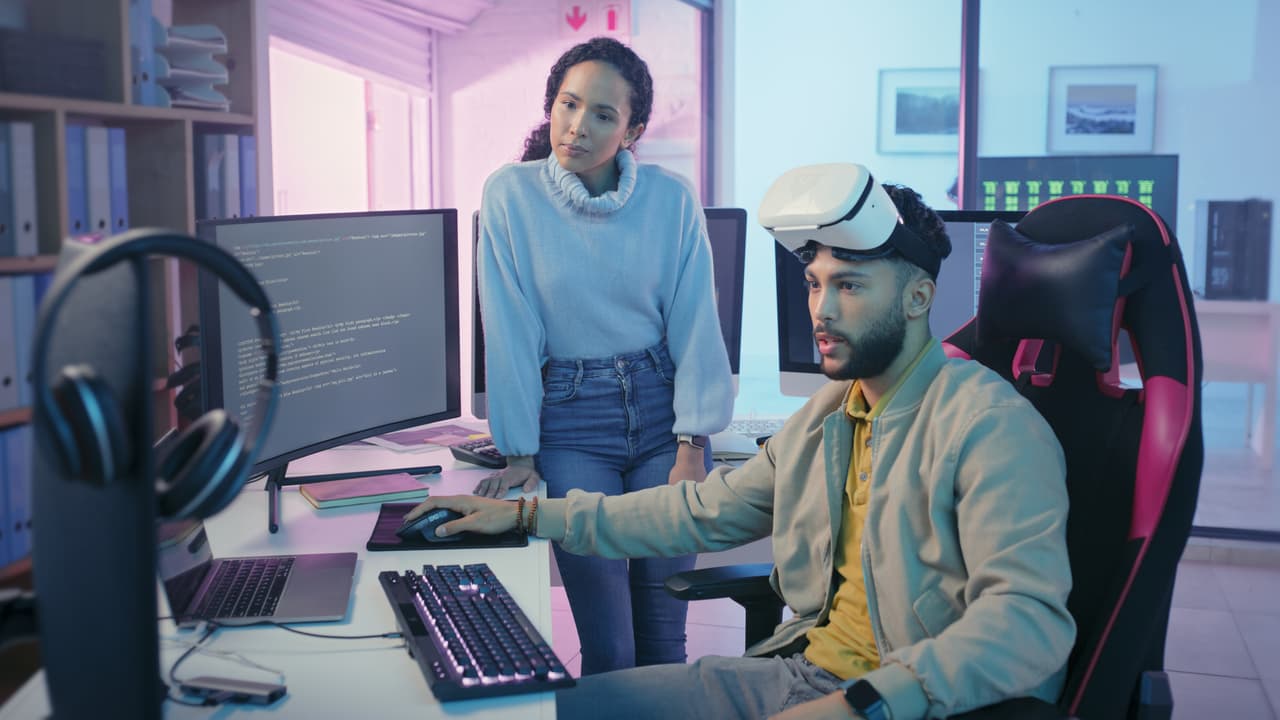Generative AI is reshaping game development, making realistic worlds faster and cheaper to create. While studios embrace the technology, many developers fear job losses and reduced creativity, raising tensions across the $190 billion gaming industry
Generative artificial intelligence models capable of dreaming up ultra-realistic characters and virtual universes could make for cheaper, better video games in future, but the emerging technology has artists and developers on edge.
Already, “generative AI is used a lot more in commercial game development than people realise, but it’s used in very small ways” such as dubbing, illustrations or coding help, said Mike Cook, a game designer and computer science lecturer at King’s College London.
Such uses of AI are rarely noticeable for the player of the finished product, he added.
Growing Adoption and Rapid Advances
One study from the American startup Totally Human Media found that almost 20 percent of titles available this year via the Steam distribution platform disclosed the use of generative AI during development.
That would account for several thousand games released in recent years, including mass-market juggernauts like “Call of Duty: Black Ops 6” or the life simulation game “Inzoi”.
The growth of AI should allow studios to “merge several job roles into one, assisted by these tools”, said AI consultant Davy Chadwick, who predicted a “30 to 40 percent boost” to developers’ output.
Progress has come at a rapid clip, with the latest tools able to generate 3D assets like characters or objects from a simple text prompt, which can then be dropped straight into a game world.
“In the past, if you wanted to create a high-quality 3D model, it’s going to take you two weeks and $1,000,” said Ethan Hu, founder of the California-based startup Meshy.ai, which claims to have more than five million users.
“Now the cost is one minute and $2,” he said.
High Stakes and Deep Distrust
Industry heavyweights have come at generative AI from different angles, with Electronic Arts partnering with the startup Stability AI while Xbox maker Microsoft develops its own model called “Muse”.
The stakes and potential rewards are high in the world’s biggest cultural industry, worth almost $190 billion in 2025, according to the data firm Newzoo.
But “there’s a lot of distrust and fear” among workers in a sector that has already gone through several waves of layoffs in recent years. Many fear these tools, meant to boost productivity, could ultimately lead to job losses.
Some developers also report that 3D objects created by AI are “extremely chaotic” and need extensive fixing — making them impractical for real use.
Artists or Algorithms?
Rather than replacing artists, AI tools “allow them to speed up their creative process” by automating busywork, said Felix Balmonet, co-founder of French 3D asset startup Chat3D, which works with top global studios.
However, some worry that avoiding AI entirely may soon make studios uncompetitive.
Gamers, too, have voiced concerns. Polish studio 11 bit Studios faced backlash when AI-generated text in its game “The Alters” was discovered after launch. Though it was placeholder content, the controversy highlighted how strongly players value human creativity.
Disclaimer: Except for the headline, this story has not been edited by Asianet Newsable English staff and is published from a syndicated feed.
